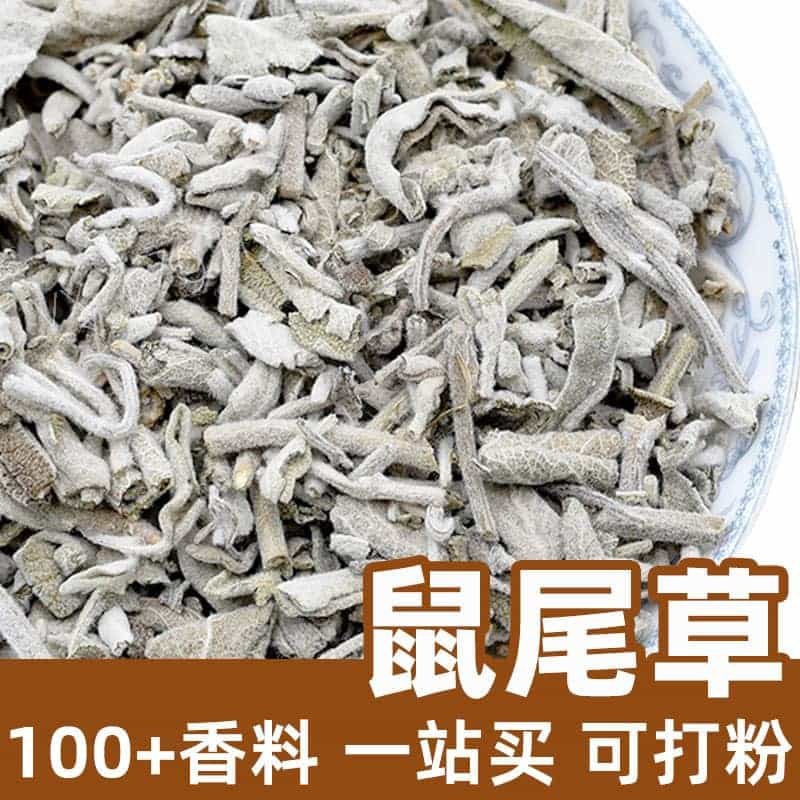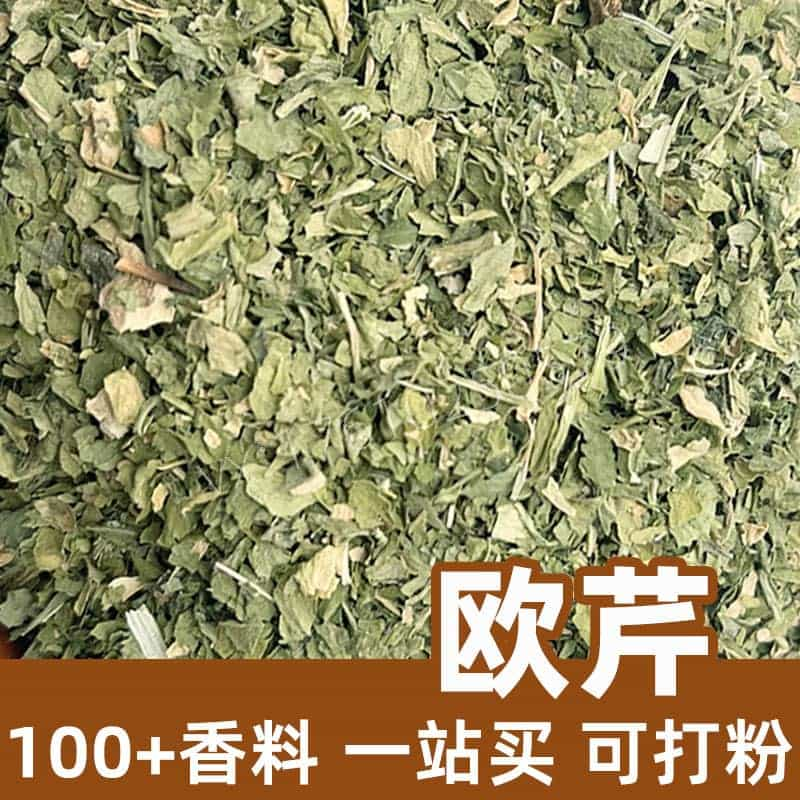Source of Spice
Turmeric is primarily used in its rhizome form. The rhizome contains abundant curcumin and volatile oils, which give turmeric its distinctive aroma and flavor.
Chemical Composition
The main active compound in turmeric rhizome is curcumin, a yellow pigment with antioxidant and anti-inflammatory properties. Other active components include curcumenol, curcuminoids, and turmeric oil.
Product Types
Turmeric is used mainly in its rhizome form. Common types available on the market include fresh turmeric rhizomes, dried rhizomes, turmeric powder, and turmeric extract.
- Fresh turmeric rhizomes are used in cooking and herbal preparations.
- Dried turmeric rhizomes are often ground into turmeric powder, which serves as a spice or food ingredient.
- Turmeric powder is widely used in cooking, herbal teas, and seasonings.
- Turmeric extract is commonly used in health supplements, medicines, and cosmetics.
Applications and Usage
Turmeric is widely used in cooking, herbal teas, and the medicinal field. Here are the main applications and uses:
- Cooking: Turmeric is a popular spice used to add color, flavor, and depth to dishes. Turmeric powder is used for cooking meats, seafood, vegetables, as well as making noodles and desserts. Usage can be adjusted based on taste and recipe needs.
- Herbal Tea: Turmeric is often brewed into herbal tea for its potential health benefits. Turmeric tea can help relieve fatigue, aid digestion, and support overall body balance. To prepare, simply steep turmeric powder or fresh turmeric rhizome in hot water as desired.
- Medicinal Field: Turmeric is valued for its medicinal properties and is commonly used in traditional herbal remedies and health supplements. Its antioxidant, anti-inflammatory, and antibacterial properties make it suitable for managing arthritis, digestive issues, and liver health. Follow the recommended dosages on turmeric extract or powder supplements according to health guidelines or physician advice.
When using turmeric, adjust the amount according to the specific application, taste, or need, and follow the usage instructions provided with the product.
Botanical Source, Distribution, and Growing Environment
The turmeric plant, scientifically named *Curcuma longa*, belongs to the ginger family. It is native to South Asia and Southeast Asia, particularly in countries like India and Indonesia, and is now widely cultivated.
Turmeric thrives in warm, humid climates and is commonly found in lowland mountains and plains. It requires plenty of sunlight and well-drained soil.
Turmeric typically blooms in autumn, with a prolonged flowering season. The rhizomes are harvested when mature, then cleaned, dried, and processed to produce various turmeric products.
Harvesting, Processing, and Storage
Once mature, turmeric rhizomes are harvested and processed. After harvesting, the rhizomes are cleaned of dirt, sliced, and either air-dried or ground into powder or extracted.
To preserve turmeric’s quality and shelf life, store it in a dry, cool place, sealed in airtight containers.
In summary, turmeric is a perennial herb with a unique aroma and flavor. It is widely used in cooking, herbal teas, and medicine, adding aroma, health benefits, and herbal value to foods, teas, and medicinal preparations. Understanding turmeric's properties, chemical composition, and usage methods helps maximize its benefits, offering variety and innovation in dishes, beverages, and herbal formulations.
Monica Sun is a seasoned expert in the natural raw materials industry, with over a decade of experience specializing in traditional Chinese medicinal herbs, spices, and fungi. She is skilled in the sourcing, processing, and application of these materials, emphasizing sustainability and innovation. Monica Sun has contributed to the development of high-quality natural raw materials that serve as essential components in functional foods, pharmaceuticals, and cosmetics, delivering tailored solutions to meet diverse market needs.









.jpg)


.jpg)


